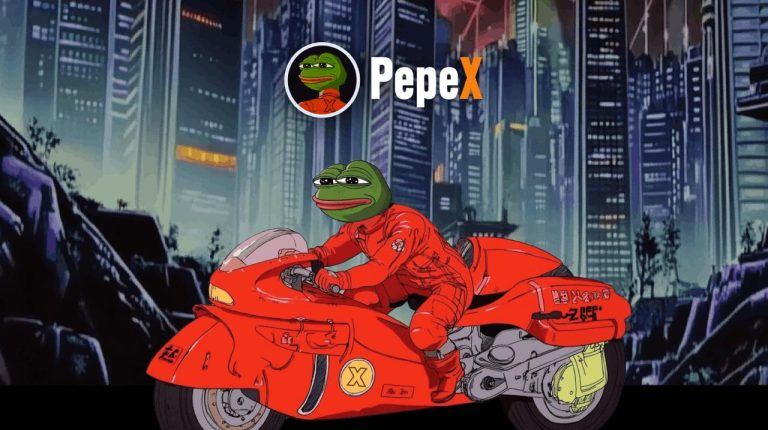
These are the least ‘stable’ stablecoins not named TerraUSD

Some stablecoins have failed to deliver the dollar’s stability to crypto traders long before TerraUSD’s collapse.
The recent collapse of the once third-largest stablecoin, TerraUSD (UST), has raised questions about other fiat-pegged tokens and their ability to maintain their pegs.
Stablecoins’ stability in question
Stablecoin firms claim that each of their issued tokens is backed by real-world and/or crypto assets, so they behave as a vital component in the crypto market, providing traders with an alternative in which to park their cash between placing bets on volatile coins.
They include stablecoins that are supposedly 100% backed by cash or cash equivalents (bank deposits, Treasury bills, commercial paper, etc.), such as Tether (USDT) and Circle USD (USDC).
At the other end of the spectrum are algorithmic stablecoins. They are not necessarily backed by real assets but depend on financial engineering to maintain their peg with fiat money, usually the dollar.

However, following the collapse of UST—an algorithmic stablecoin, that stability is now in doubt.
The distrust has led to massive outflows from both asset-backed and algorithmic stablecoin projects. For instance, the market capitalization of USDT has fallen from $83.22 billion on May 9—the day on which UST started losing its U.S. dollar peg—to $72.49 billion on June 2.
USDT drifted from its one-to-one dollar parity while suffering outflows, albeit briefly. Unfortunately, that is not the case with algorithmic stablecoins; some are still trading below their intended fiat pegs, as discussed below.
USDX
USDX, the Kava Network’s native “decentralized” stablecoin, was notorious for mostly trading $0.02–$0.04 cents below the dollar. But, it moved further away from its near-perfect peg with the greenback amid the TerraUSD debacle.
In detail, USDX dropped to its lowest level on record—at $0.66—on May 12. The USDX/USD pair has been attempting to reclaim its dollar peg ever since and was changing hands for around $0.89 on June 2, as shown below.

Simultaneously, USDX has witnessed outflows worth $60 million since May 9, illustrating that traders are redeeming their tokens.
Kava Labs, the development team behind Kava Network, noted that USDX lost its dollar peg due to its exposure to UST as one of its collaterals. Meanwhile, a decline across USDX’s other reserve assets, including KAVA, Cosmos (ATOM), and Wrapped Bitcoin (WBTC), also shook its stability.
1/ $UST has (obviously) significantly de-pegged and has promulgated some risk to downstream protocols that use it. The UST risk in Kava is isolated and can be tolerated with current system parameters.
— Scott Stuart (@Scott_Stuart_) May 11, 2022
In May, Scott Stuart, the co-founder and CEO of Kava Labs, asserted that USDX would retain its dollar peg after they flush UST out of their ecosystem.
VAI
Vai (VAI) is another victim of the ongoing stablecoin market rout.
The algorithmic stablecoin, built on the Binance Smart Chain-based Venus Protocol — a lending platform, traded for $0.95 this June 2. However, like USDX, the token is notorious for trading below its intended dollar peg since launch.
Related: DeFi protocols launch stablecoins to lure new users and liquidity, but does it work?
For instance, in September 2021—long before the TerraUSD’s collapse, VAI had dropped as low as $0.74. In addition, the depeg scenario occurred after Venus Protocol suffered a $77 million loss on bad debts in May 2021 due to large liquidations in its lending platform.

The market cap of VAI was $272.84 million in May 2021. But after the Venus debt fiasco, coupled with TerraUSD’s collapse, VAI’s net valuation dropped to almost $85 million, suggesting a substantial plunge in its demand.
Some stable exceptions
Dai (DAI), an algorithmic stablecoin native to Maker—a peer-to-contract lending platform, performed exceptionally well versus its rivals, never fluctuating too far from its promised dollar peg even though witnessing a 20% decline in its market capitalization since May 9.

FRAX and MAI, other algorithmic stablecoin projects, also maintained their dollar peg during TerraUSD’s crash.
The views and opinions expressed here are solely those of the author and do not necessarily reflect the views of Cointelegraph.com. Every investment and trading move involves risk, you should conduct your own research when making a decision.
Go to Source
Author: Yashu Gola







